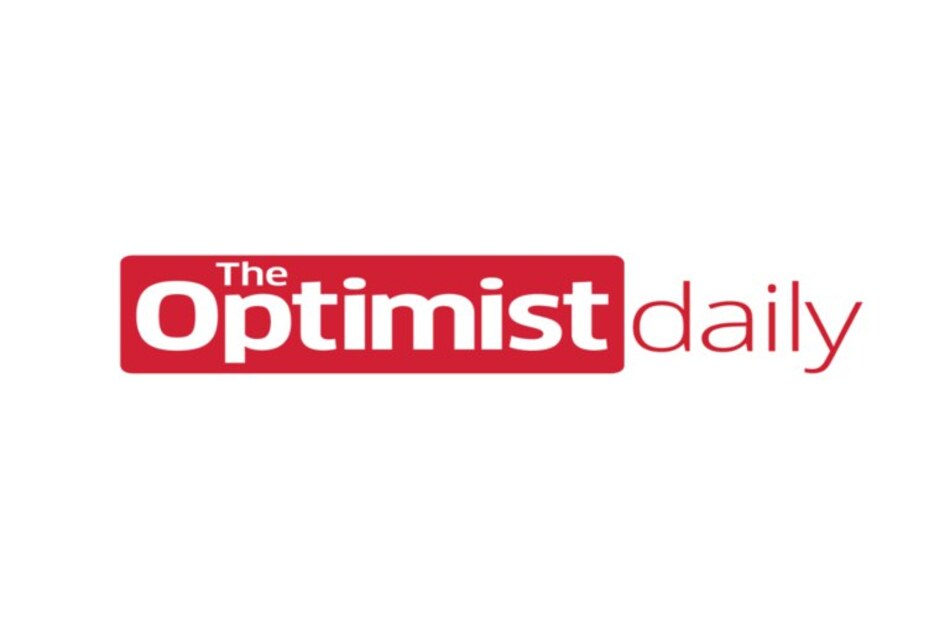When the Pandemic hit and students went home for school, many lower-income families were disadvantaged due to a lack of reliable internet. In Chicago, many students in lower-income neighborhoods couldn’t get their work done, so the city decided to take action.
In March 2020, the city started Chicago Connected. This $50-million four-year program gave free internet to low-income students and is now the largest K-12 internet connectivity program in the country.
Bridging the digital divide
Chicago’s lower-income, South and West side neighborhoods have internet connection rates below 60 percent. Wealthier neighborhoods have 91 percent access, according to an analysis from the University of Chicago.
Since its beginning in 2020, Chicago Connected has brought high-speed broadband to over 40,000 families and 64,000 children in need. The program not only enabled children to perform better in school, but it also better involved their families in the community.
“[A lack of internet] restricts a person’s ability to be part of the modern world and from participating in the modern economy,” said Devon Braunstein, a digital inclusion policy fellow with the Chicago mayor’s office.
Reliable internet has become an essential utility, and it falls under the provisions of the new Bipartisan Infrastructure Law. The White House announced that it is partnering with 20 internet providers, including Comcast and Verizon, to offer low-income households high-speed internet for less than $30 a month. Chicago Connected evidenced the benefits of programs like these, but it was not without its difficulties.
Community inroads
Lower-income families face more issues with logging on than just their connection. They might not own a computer or have language barriers. Endemic government distrust in lower-income neighborhoods is also an issue, so robust outreach has been essential.
Success wouldn’t have been possible without the 35 community organizations like the Northwest Center engaging families. They would need to call, often more than once and in another language, to enroll families in Chicago Connected. Some of these families were wary and even thought the government might be trying to spy on them. Outreach from these community organizations, though, used their neighborhood roots to make Chicago Connected a success.
The program is only halfway through, extending onto 2024 with funding from the city and Chicago Public Schools. The program could even continue past 2024. Given its success, the city is considering it as a permanent government-funded program, and it’s not the only one who noticed. Miami and Philadelphia have already launched programs like Chicago Connected, and the program is advising 20 other cities.











